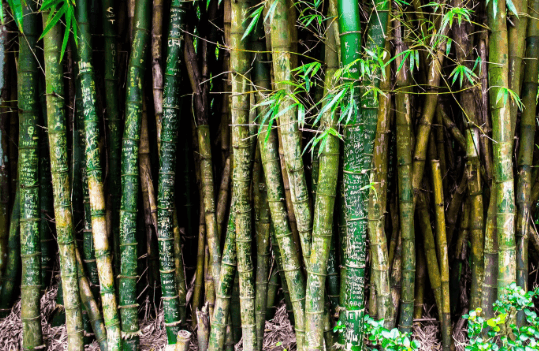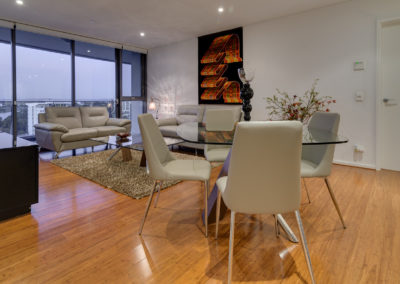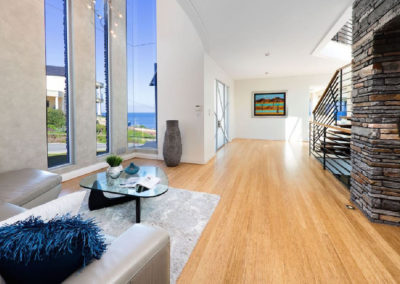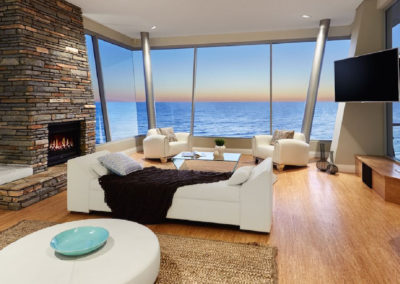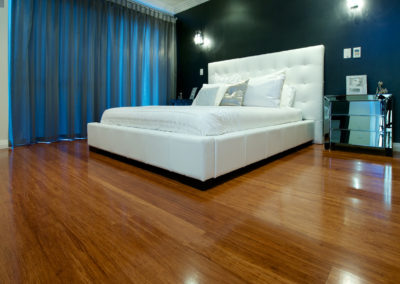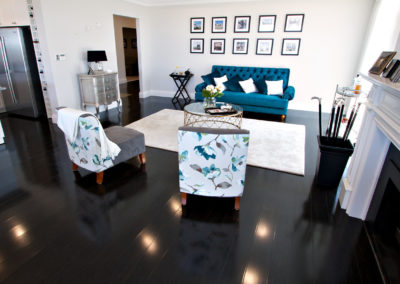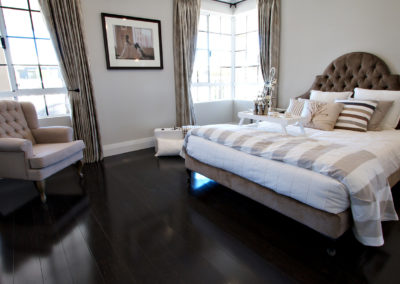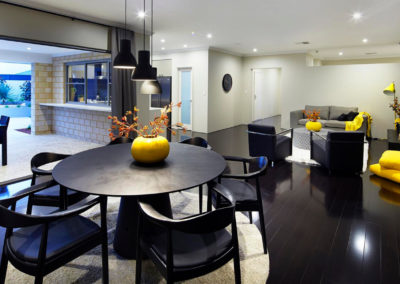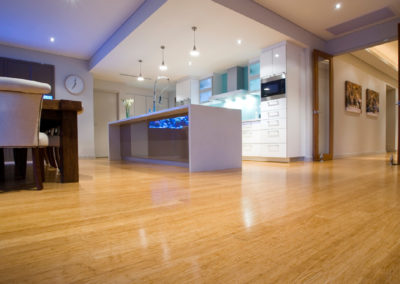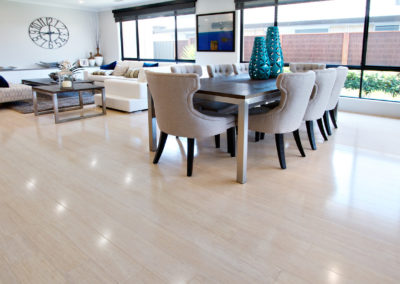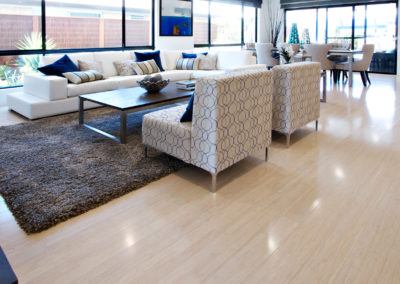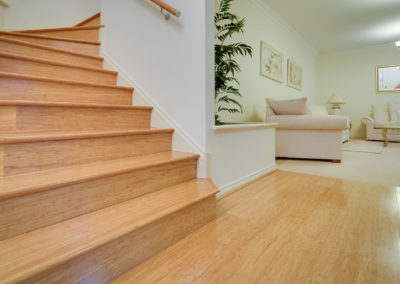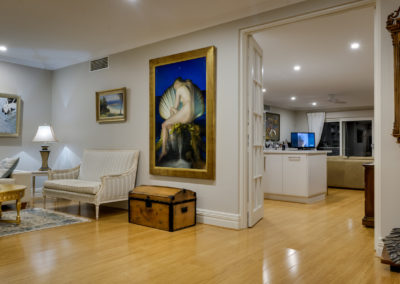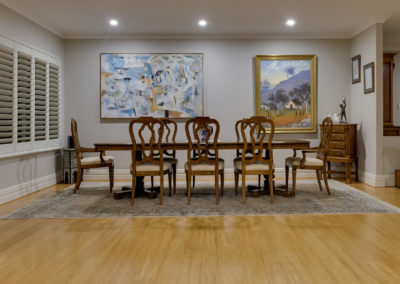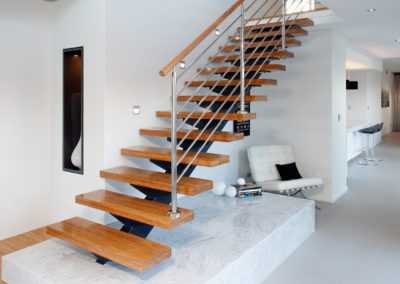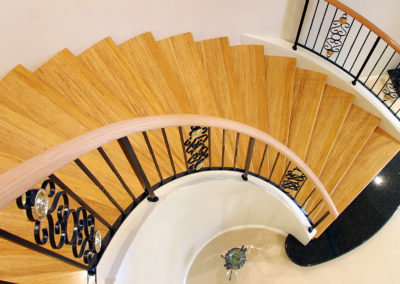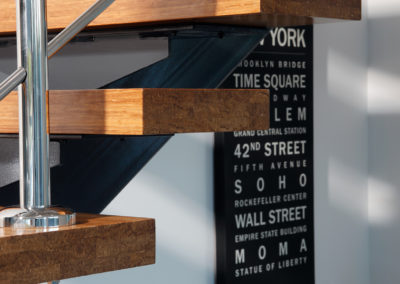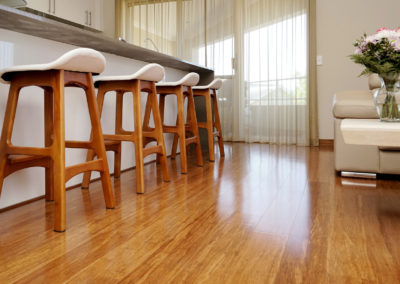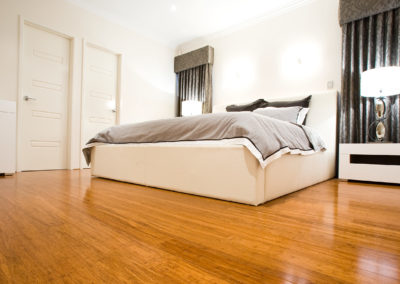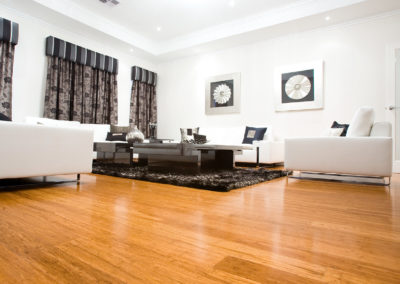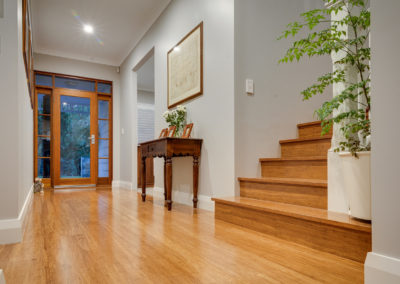Warranty Claims Forced Me to Innovate Bamboo Flooring
In 2003, after being in the bamboo flooring business for just 1 year, I started to hit some early turbulence.
In 2003, after being in the bamboo flooring business for just 1 year, I started to hit some early turbulence.
My gut turned upside down every time the phone would ring hoping it wouldn’t be another dissatisfied customer calling me to complain that their new bamboo floor had started to warp.
I had half a million dollars of warranty claims which needed to be rectified, refunded and in some instances required further compensation. Some of which were state winning display homes for well established building companies.
This rude awakening upon my entrance to the flooring industry forced me to realise if I wanted to keep my entrepreneurial venture afloat I had to innovate the bamboo industry’s biggest problem…
How to make a solid bamboo floor that stays flat?
Through extensive trial and error I can honestly say that over the last 17 years we have developed a flooring technology that has pioneered the Australian bamboo flooring industry. We have also extended on this same technology and manufacturing procedure for hardwoods.
Here’s the story of how my early failure helped me innovate bamboo and timber flooring to create a natural product that lasts a lifetime.
How It Started
When I first started developing bamboo flooring in 2002, nobody in the WA market was even experimenting in this industry, which I interpreted as proof of huge potential. Bamboo flooring looks amazing. It’s versatility allows you to create all kinds of colours and effects, it’s very sustainable and easy to source.
Did you know bamboo grows up to 30cm a day? It holds the Guinness World Record for fastest growing plant.
The first bamboo floorboard I sold was created using a manufacturing process called compressed solid, also known as strand woven. Because bamboo is a grass, to make it appear and act like a solid piece of wood it needs to be heavily compressed and held together with an adhesive formula.
The end result is a very heavy, extremely compressed plank of bamboo which is then further kiln dried and sawed down into floorboards, similar to a solid timber floorboard.
Unfortunately, due to my lack of research into the product I was selling, six months to a year down the track a wave of complaints started coming in.
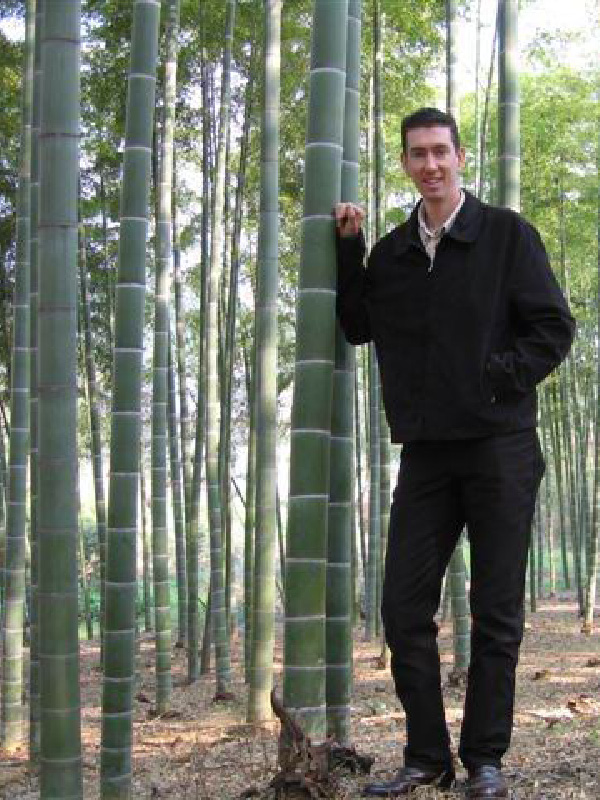
You see, bamboo is just like an elephant. It’s resilient and has a good memory. After being compressed with 2000 tonnes of pressure, the memory of the plant will cause a lot resistance to its new compressed state and force it to start decompressing.
After a period of time, all the compressed energy in the floor will slowly start to release resulting in the boards expanding and pushing up against each other.
As you will see in the photos below, this didn’t make the grade and would start to cup and warp.
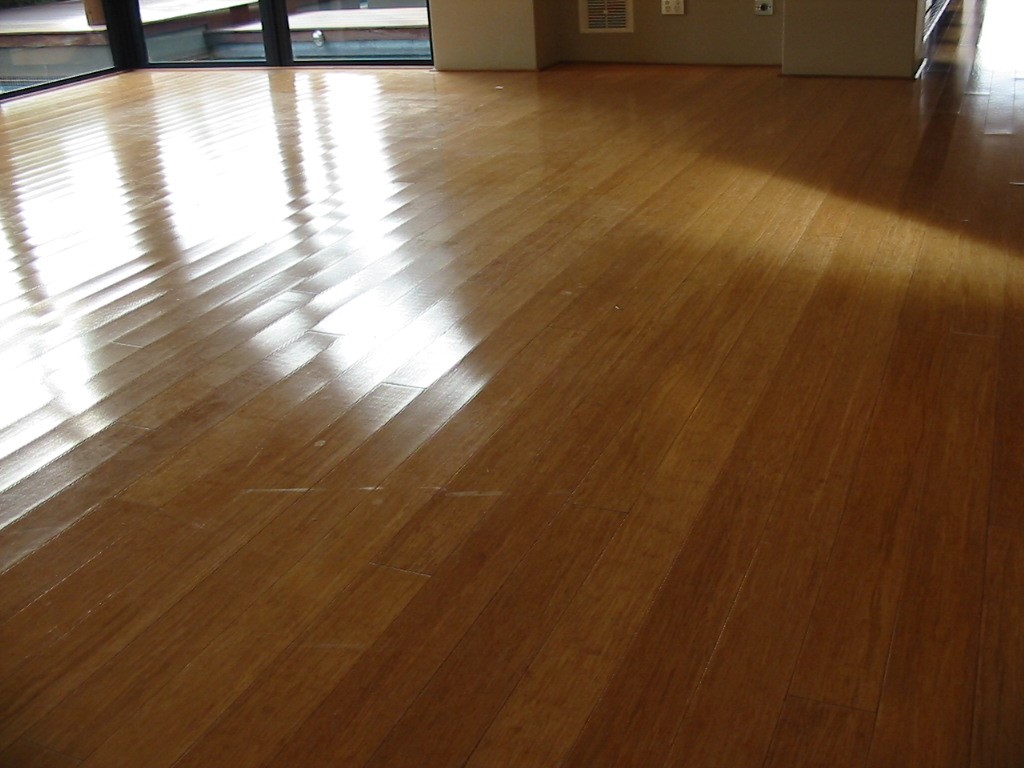
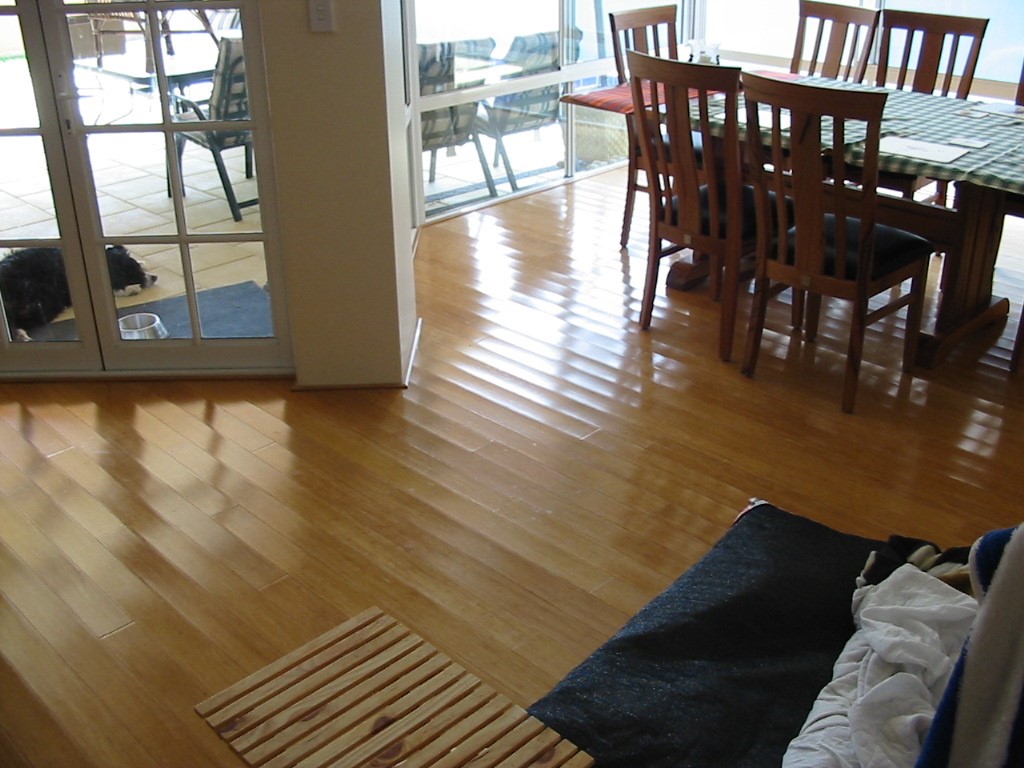
This was the moment when I made the transition from being a flooring retailer to becoming a flooring engineer and manufacturer.
Once realising the compressed solid manufacturing method was flawed, I needed to act quickly to find solutions to rectify these errors. Using all my knowledge from my degree in plant science, I decided to go back to the drawing board and do some serious research and development.
The six months that followed were filled with endless reading, sleepless nights and prototype after prototype. Finally, I was able to pin-point 3 key factors which completely changed our bamboo manufacturing process and eliminated all our performance issues.
These Were My Key Findings
1. We needed to cut the boards into layers
Because we were making the boards to imitate a solid timber floorboard, we were cutting it into 15mm planks. My tests proved that the thicker the board the harder it is to get all post-compression stress out of the board
2. Aged all the wood
Now the bamboo layers were thinner, we were able to age the boards easily by kiln drying them, getting the moisture levels just right and decompressing the fibre.
3. Cross layer engineer the board
The final key factor was to press 3 layers of thinner, stress-free aged bamboo planks together with a cross engineered centre piece. This centre piece forms the strengthening framework which enabled us to deliver a bamboo floor which doesn’t grow or expand over time and is much more durably.
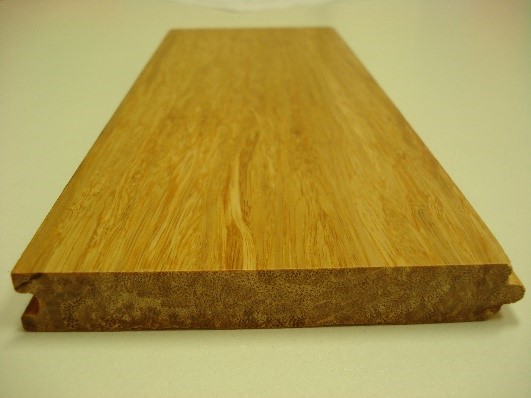
Original solid bamboo floor
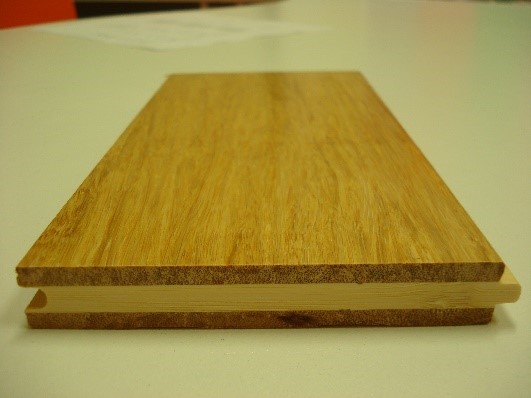
Stabilised Solid bamboo floor
Get a quote on your floor within 48 hours
This new manufacturing process allowed us to manufacture a board that stays flat, it saved my business from bankruptcy and ultimately led me to further develop what is now our patented technology, Stabilised Solid.
Since 2004 we’ve installed over 6,500+ floors all over Western Australia and innovated on the same technology to create a solution for these same issues in the timber flooring industry too.

